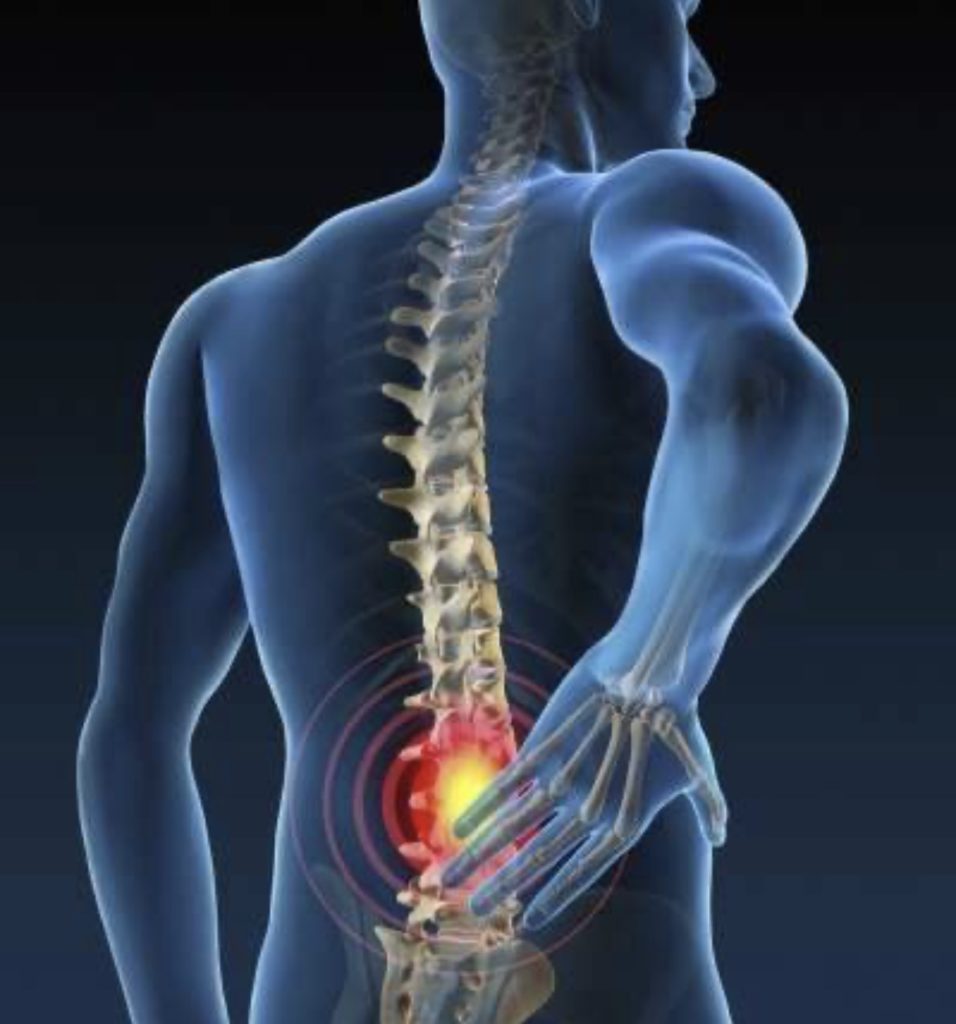Low back pain occurs in 80% of the population in the United States, making it the most common cause of pain for which people seek out physical therapy. Most acute (<3 months) low back pain will often resolve itself within 6-8 weeks, but if not rehabbed or treated properly it can put you at risk for getting recurrent low back injuries in the future. There is also a large population of people that experience chronic (>3 months) low back pain that limits their ability to complete their daily tasks that have undergone multiple unsuccessful treatments, medications, and therapy.

The difficulty with low back pain is that no person will present with the same symptoms regardless of the nature of the injury, or even can experience low back pain with no specific mechanism of injury at the onset of their pain. Therefore, no one exercise, manipulation/mobilization, or soft tissue mobilization can help everyone experiencing low back pain. While interventions like manual therapy, manipulation/mobilizations, and soft tissue mobilization are still very helpful for pain reduction, one thing that researchers have found to be the most beneficial form of treatment for everyone across the board? MOVEMENT. It may go against someone’s instinct and fear that movement may have created the pain, so the best thing is bed rest and not moving right? This is not the case here, the less you move the more stiffness occurs resulting in increased pain when you do eventually move from your one position.

The question remains, what type of movement or exercise should I do? If you have chronic or severe acute low back pain, exercises and activity will look different than those with mild-moderate low back pain. First let’s talk cardiovascular activity. For those with mild to moderate low back symptoms, cardiovascular activity landing in the moderate to high intensity category such as running, Nordic skiing, hiking, etc. that does not progressively increase their pain is safe to perform and will actually help them recover faster. Those with more severe or chronic low back pain, low impact cardiovascular activity such as walking or cycling on an upright or recumbent bike that will still allow them to increase their heart rate is extremely beneficial.
One part of treatment that is often also overlooked is adequately strengthening the spinal and abdominal musculature for full recovery and future injury prevention so you’re able to maintain your active lifestyle without recurrent problems. Research has shown that for those with acute low back pain weight training for progressive strengthening and maintenance of aerobic fitness is important for pain reduction and future injury prevention. Additionally, progressive endurance and fitness exercises are helpful to reduce pain and improve function in patients that have chronic low back pain. Don’t let low back pain create fear avoidance of activity, movement, or make you feel bound to the couch or your bed. One of the best things that you can do to improve your pain and your function is to keep moving and do what you enjoy, as well as consult your PT for optimal recovery and return to daily life!

Anna Bechtold, DPT is an orthopedic physical therapist at our APRS Physical Therapy West clinic in Bozeman, MT.










